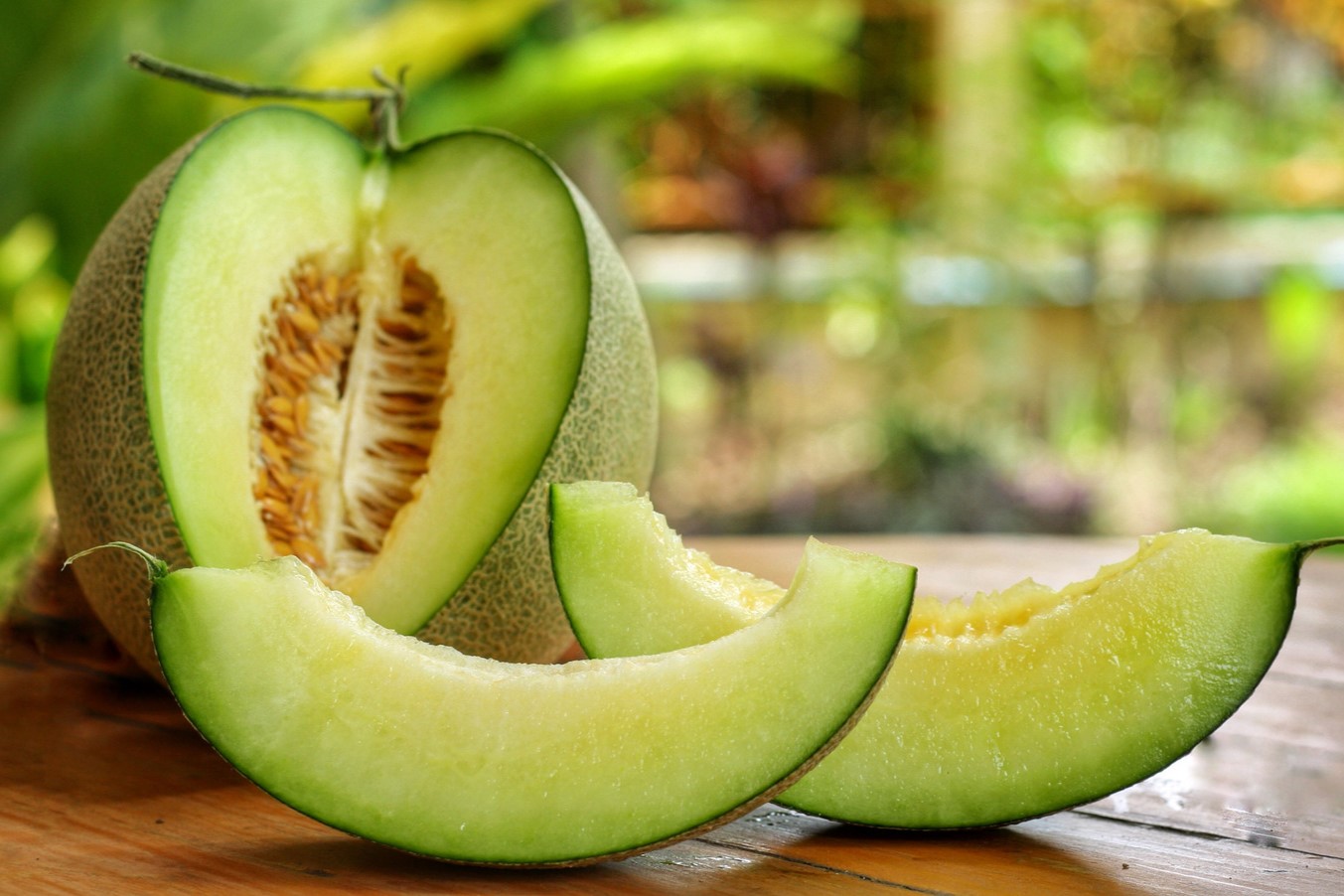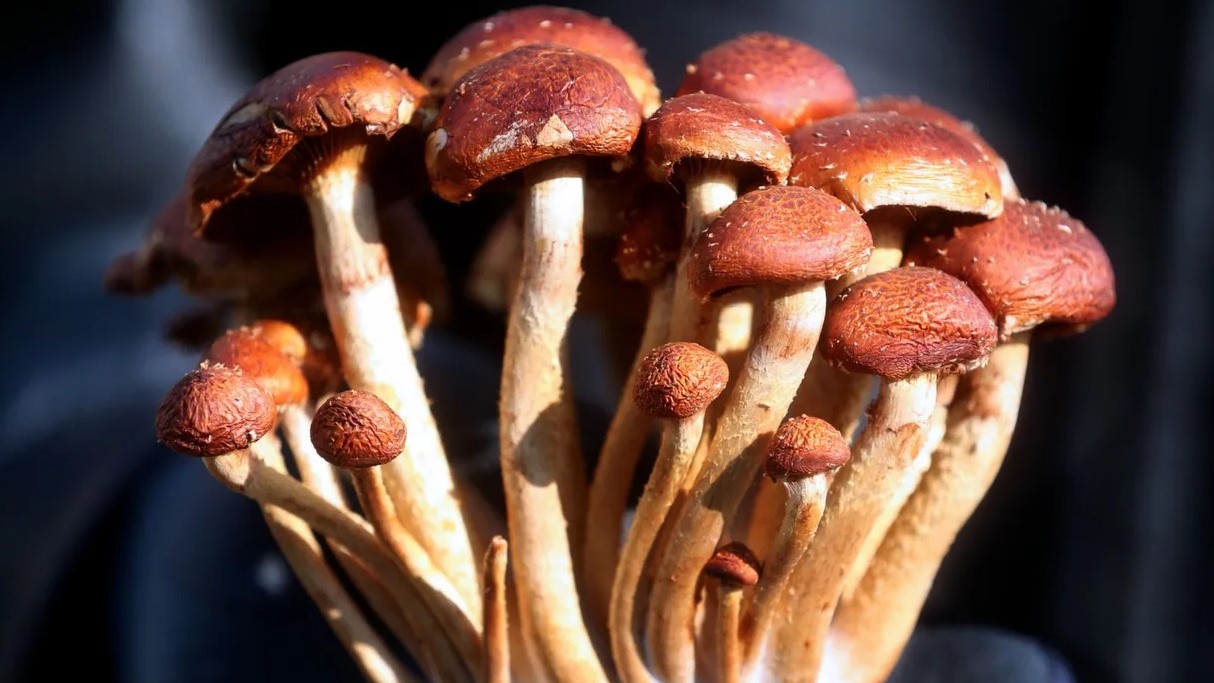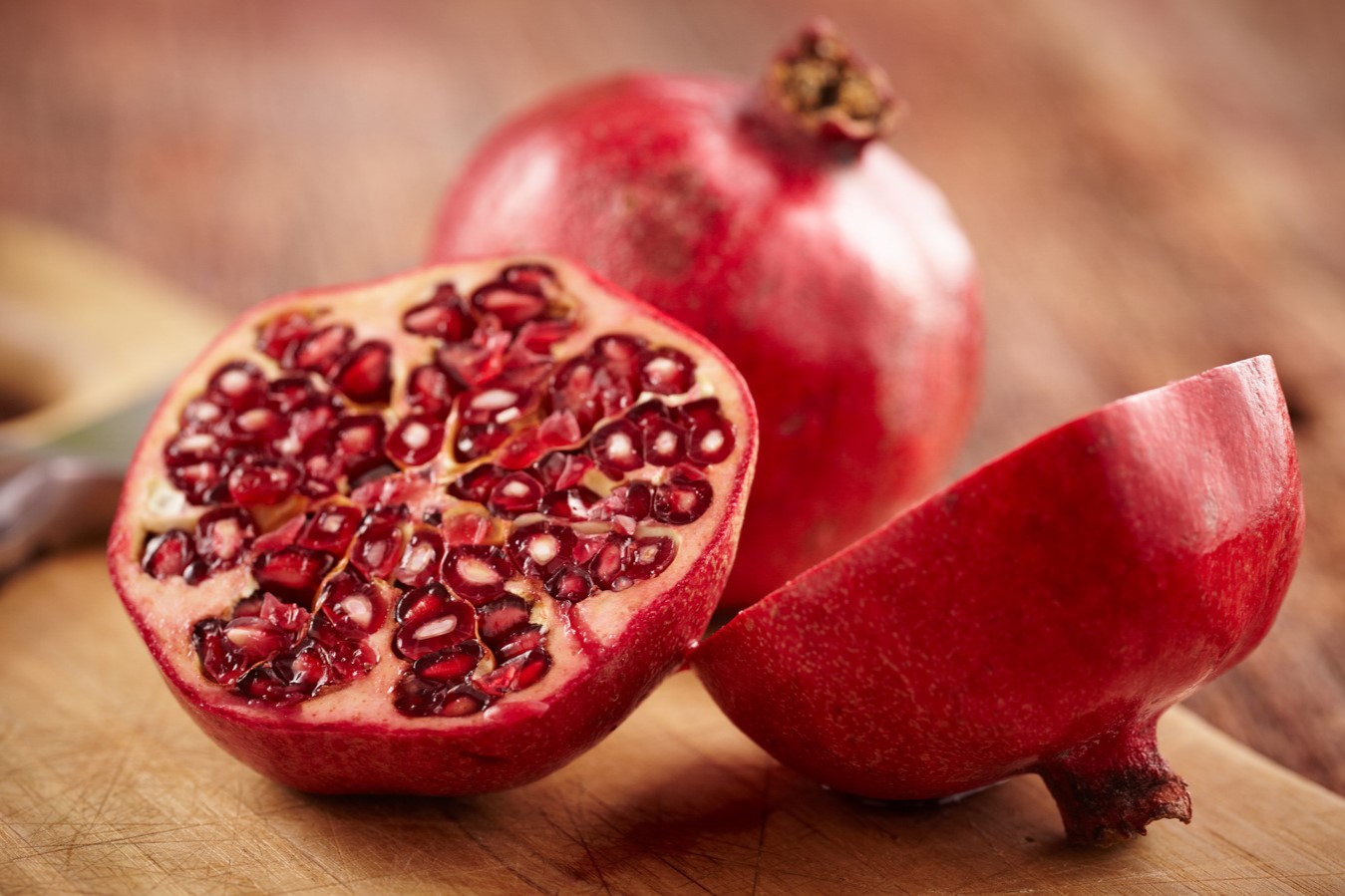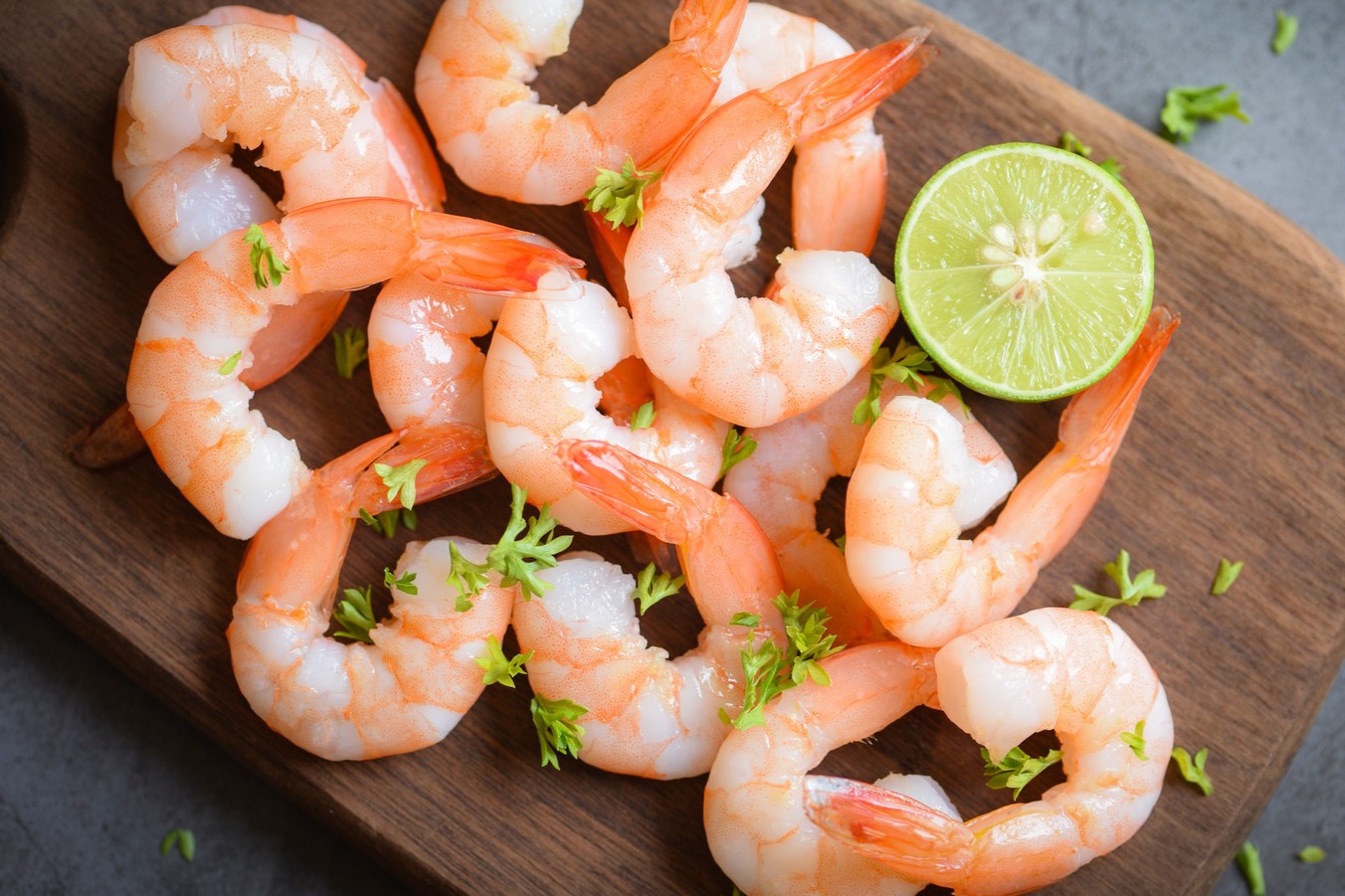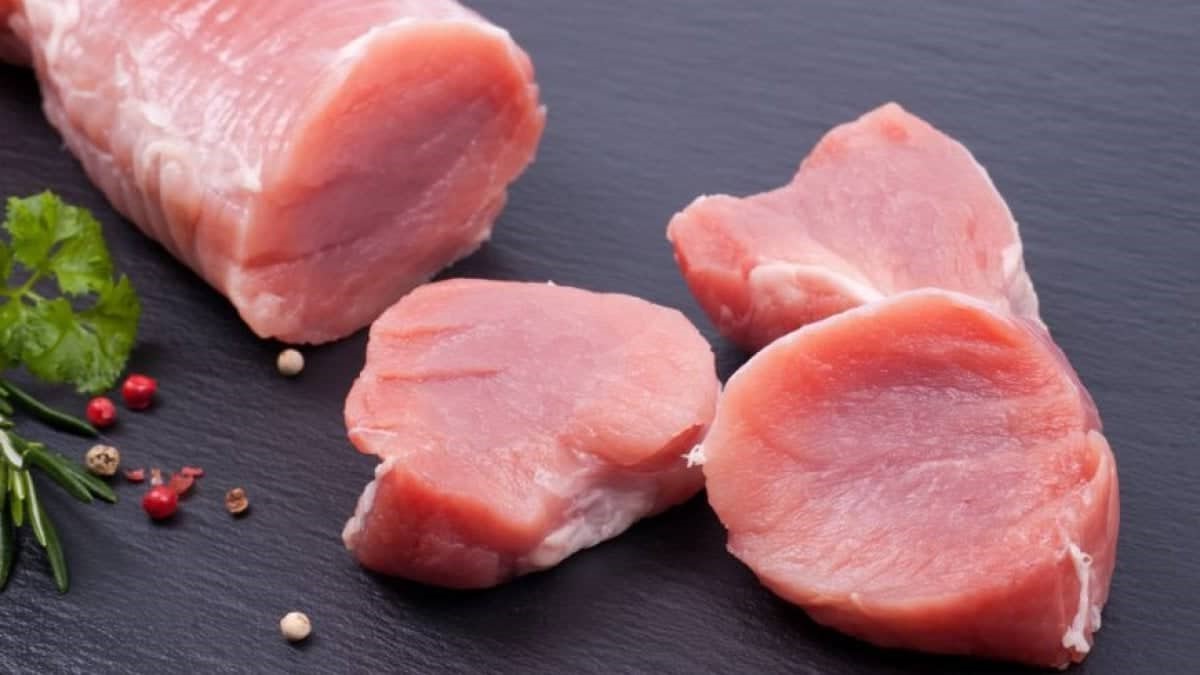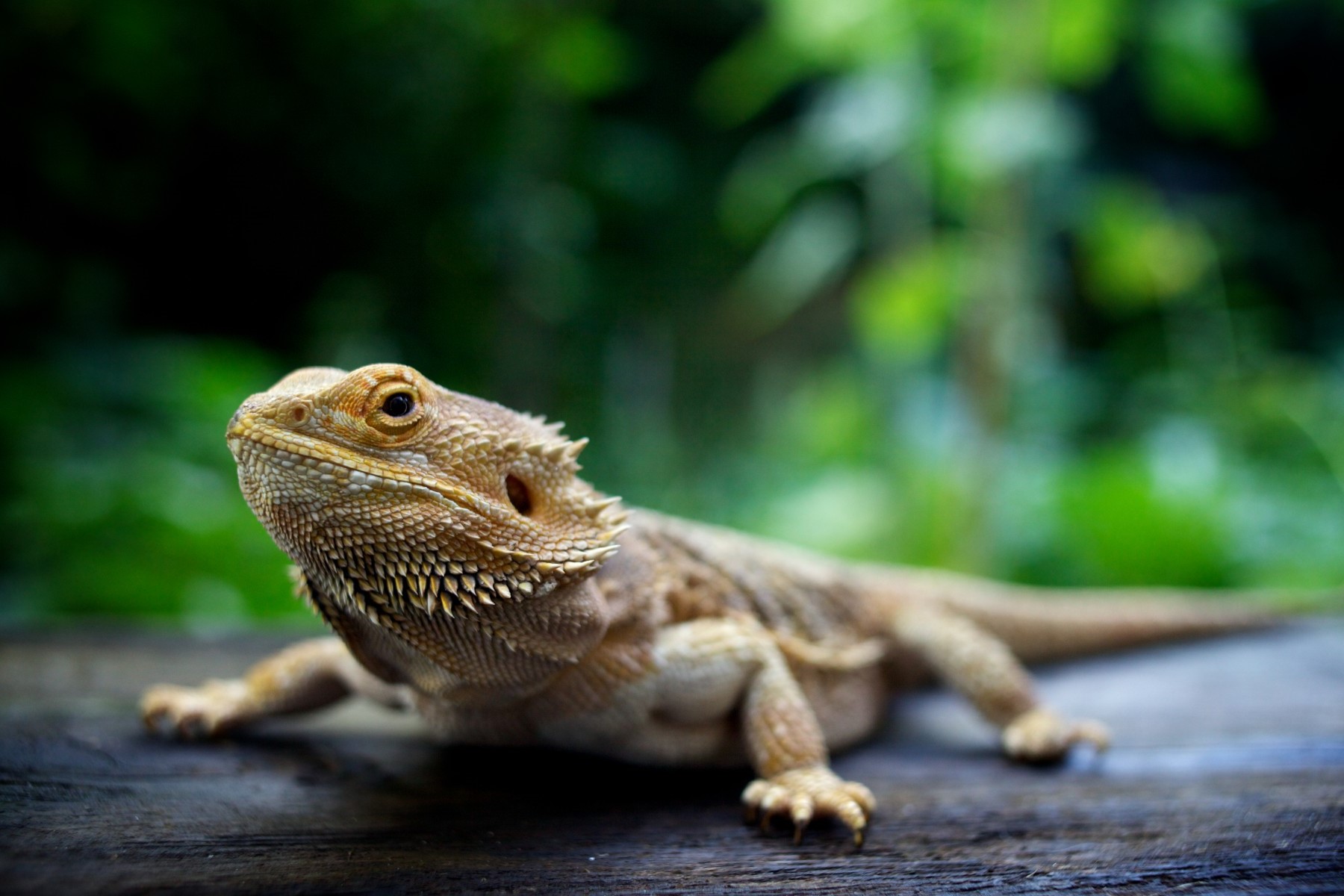Home>Pets & Animals>How To Tell Rooster From Hen
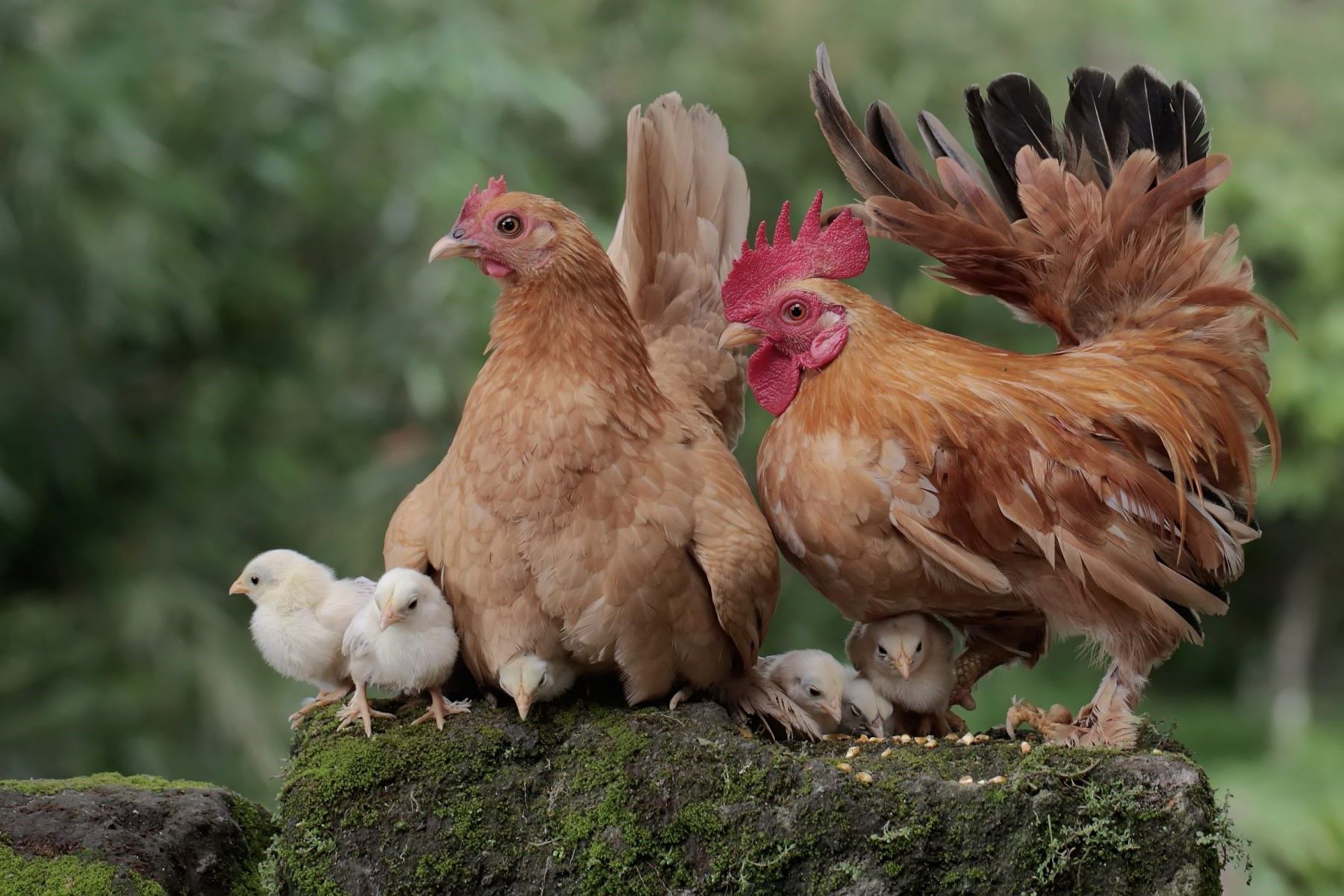

Pets & Animals
How To Tell Rooster From Hen
Published: March 2, 2024
Learn how to distinguish between roosters and hens in your flock with our comprehensive guide. Keep your pets and animals happy and healthy with our expert tips.
(Many of the links in this article redirect to a specific reviewed product. Your purchase of these products through affiliate links helps to generate commission for Noodls.com, at no extra cost. Learn more)
Introduction
Determining the gender of chickens, specifically distinguishing between roosters and hens, is a fundamental aspect of poultry farming and backyard chicken keeping. Understanding the key characteristics that differentiate these two types of chickens is essential for various reasons, including managing flock dynamics, breeding programs, and ensuring a harmonious coop environment.
Identifying roosters and hens involves a combination of physical, behavioral, and vocal cues. By observing these traits, poultry enthusiasts can confidently discern the gender of their chickens. In this comprehensive guide, we will explore the distinct features that set roosters and hens apart, empowering you to make accurate determinations within your flock. Let's delve into the fascinating world of chicken gender identification and gain valuable insights into the unique attributes of roosters and hens.
Read more: How To Tell If A Relation Is A Function
Physical Differences
When it comes to differentiating between roosters and hens based on physical characteristics, several key attributes can be observed. These distinctions are particularly evident as the chickens mature. Here are the primary physical differences to look for:
Size and Build
Roosters generally exhibit a larger and more robust physique compared to hens. They often have broader shoulders, a more upright stance, and a larger overall size. In contrast, hens tend to be smaller and more compact, with a sleeker appearance.
Comb and Wattles
The comb and wattles, which are fleshy, red structures on the chicken's head and throat, can provide valuable clues about the bird's gender. Roosters typically have larger, more prominent combs and wattles that are often brightly colored and more pronounced. In contrast, hens' combs and wattles are usually smaller and less vivid in color.
Tail Feathers
Observing the tail feathers can also aid in distinguishing between roosters and hens. Roosters tend to have long, flowing tail feathers that are more extravagant and vibrant in color. On the other hand, hens' tail feathers are generally shorter and less flamboyant.
Read more: How To Get A Rooster To Stop Crowing
Saddle Feathers
One of the most reliable physical indicators of gender is the presence of saddle feathers. Roosters develop long, pointed saddle feathers just above their tail, which are absent in hens. This distinction becomes more apparent as the chickens reach maturity.
Spur Development
As roosters mature, they develop spurs on the back of their legs. These bony protrusions are used for defense and are absent in hens. The presence of spurs is a clear indication of a rooster.
By paying close attention to these physical differences, poultry enthusiasts can confidently identify roosters and hens within their flocks. These visual cues, when combined with behavioral and vocal observations, provide a comprehensive understanding of chicken gender identification.
Behavioral Differences
Understanding the behavioral disparities between roosters and hens is crucial for accurately identifying their gender within a flock. While physical characteristics provide valuable cues, observing their behavior offers further insights into their gender. Here are the key behavioral differences to consider:
Territorial Behavior
Roosters are inherently territorial and often exhibit protective instincts towards their flock. They tend to assert dominance by patrolling the coop perimeter and keeping a watchful eye on the hens. In contrast, hens typically display less territorial behavior and are more focused on foraging and nesting activities.
Read more: How To Tell If A Coach Purse Is Real
Mating Behavior
Roosters demonstrate distinct mating behavior, including performing elaborate courtship rituals such as wing-dragging and vocal displays to attract the attention of hens. They also engage in a characteristic dance, known as "tidbitting," where they offer food to the hens as part of their courtship behavior. Hens, on the other hand, may show receptivity to the rooster's advances but generally do not exhibit the same level of active courtship behavior.
Vocalizations
Roosters are renowned for their crowing, a loud and unmistakable vocalization that serves as a territorial and mating display. Their crowing often occurs at dawn but can also happen throughout the day in response to various stimuli. In contrast, hens produce softer, more varied vocalizations, including clucking and cackling, particularly when they are laying eggs or communicating with their chicks.
Flock Leadership
Roosters often assume the role of flock leader, guiding the hens and alerting them to potential threats. They may use specific calls to gather the flock or warn of impending danger. Hens, while exhibiting social hierarchies within the flock, generally do not display the same level of leadership behavior as roosters.
Aggression
Roosters can display aggressive behavior, especially towards perceived threats or when defending their hens. This aggression may manifest as chest-bumping, wing-flapping, and occasional pecking. Hens, while capable of establishing a pecking order within the flock, typically exhibit less overt aggression compared to roosters.
By observing these behavioral differences, poultry enthusiasts can gain a deeper understanding of the dynamics within their flock and confidently discern the gender of their chickens based on their distinct behavioral traits. When combined with physical and vocal cues, these behavioral disparities contribute to a comprehensive approach to identifying roosters and hens within a chicken community.
Read more: How To Tell A Two Way Mirror
Vocal Differences
Vocalizations play a significant role in distinguishing between roosters and hens within a chicken flock. Understanding the distinct vocal differences exhibited by these birds provides valuable insights into their gender and behavior. Here's a detailed exploration of the vocal disparities between roosters and hens:
Rooster Crowing
The crowing of a rooster is perhaps one of the most iconic and unmistakable sounds associated with poultry. This robust and resonant vocalization serves multiple purposes, including establishing territorial boundaries, asserting dominance, and attracting potential mates. Roosters often begin crowing at dawn, heralding the start of a new day and signaling their presence to neighboring flocks. The crowing may also occur throughout the day in response to various stimuli, such as the presence of predators or other roosters. The sound of a rooster's crow is characterized by its powerful, far-reaching nature, making it a defining feature of the male chicken's vocal repertoire.
Hen Vocalizations
In contrast to the commanding crow of a rooster, hens produce a diverse array of vocalizations that reflect their social interactions, reproductive activities, and communication within the flock. One of the most common sounds made by hens is clucking, which serves as a means of expressing contentment, calling chicks, or communicating with other members of the flock. Additionally, hens emit a distinctive cackling sound, often heard when they are laying eggs or after successfully laying an egg. This vocalization serves as a form of announcement, signaling the accomplishment of a crucial reproductive task. The clucks and cackles of hens contribute to the lively and dynamic auditory environment of a chicken coop, reflecting the multifaceted nature of their vocal communication.
Vocal Interactions
The vocal interactions between roosters and hens further illustrate their gender-specific communication styles. Roosters may engage in crowing contests, where they take turns asserting their dominance through powerful vocal displays. These contests can be heard from a considerable distance, underscoring the roosters' ability to communicate their presence and status to neighboring flocks. In response, hens may vocalize their receptivity to the rooster's advances, often with softer clucks and calls that convey their acknowledgment of his courtship efforts. This vocal interplay between roosters and hens reflects the intricate social dynamics and reproductive behaviors within a chicken community.
By recognizing and interpreting these vocal differences, poultry enthusiasts can gain a deeper understanding of the gender-specific communication patterns exhibited by roosters and hens. The distinct vocalizations of these birds contribute to the rich tapestry of sounds that define the auditory landscape of a chicken coop, offering valuable cues for identifying and appreciating the unique vocal expressions of each gender within the flock.
Read more: How To Tell If A Function Is Even Or Odd
Conclusion
In conclusion, accurately identifying roosters and hens within a chicken flock involves a multifaceted approach that encompasses physical, behavioral, and vocal observations. By integrating these key elements, poultry enthusiasts can confidently discern the gender of their chickens, fostering a deeper understanding of their flock dynamics and individual characteristics.
The physical disparities, including size and build, comb and wattle size, tail and saddle feathers, and spur development, provide valuable visual cues for distinguishing between roosters and hens. These distinct physical attributes become more pronounced as the chickens mature, offering reliable indicators of their gender.
Behavioral differences further enrich the process of gender identification, with roosters exhibiting territorial behavior, mating rituals, vocal leadership, and occasional aggression, while hens display their own social dynamics and communication styles within the flock. Observing these behavioral nuances enhances the comprehensive understanding of rooster and hen interactions.
Vocalizations serve as a defining feature of rooster and hen communication, with the resonant crowing of roosters establishing territorial boundaries and asserting dominance, while the varied clucks and cackles of hens reflect their social interactions and reproductive activities. The vocal interplay between roosters and hens contributes to the vibrant auditory landscape of a chicken coop, offering valuable insights into their gender-specific communication styles.
By synthesizing these physical, behavioral, and vocal cues, poultry enthusiasts can gain a holistic perspective on the gender identification of their chickens, enriching their connection with the flock and enabling informed decision-making in poultry management and breeding programs.
In essence, the ability to discern roosters from hens represents a fundamental aspect of poultry husbandry, enabling individuals to nurture a harmonious and balanced chicken community while appreciating the unique attributes and behaviors of each gender. This comprehensive guide equips poultry enthusiasts with the knowledge and insights needed to confidently identify and celebrate the diverse characteristics of roosters and hens within their flocks, fostering a deeper appreciation for the captivating world of poultry farming and backyard chicken keeping.
